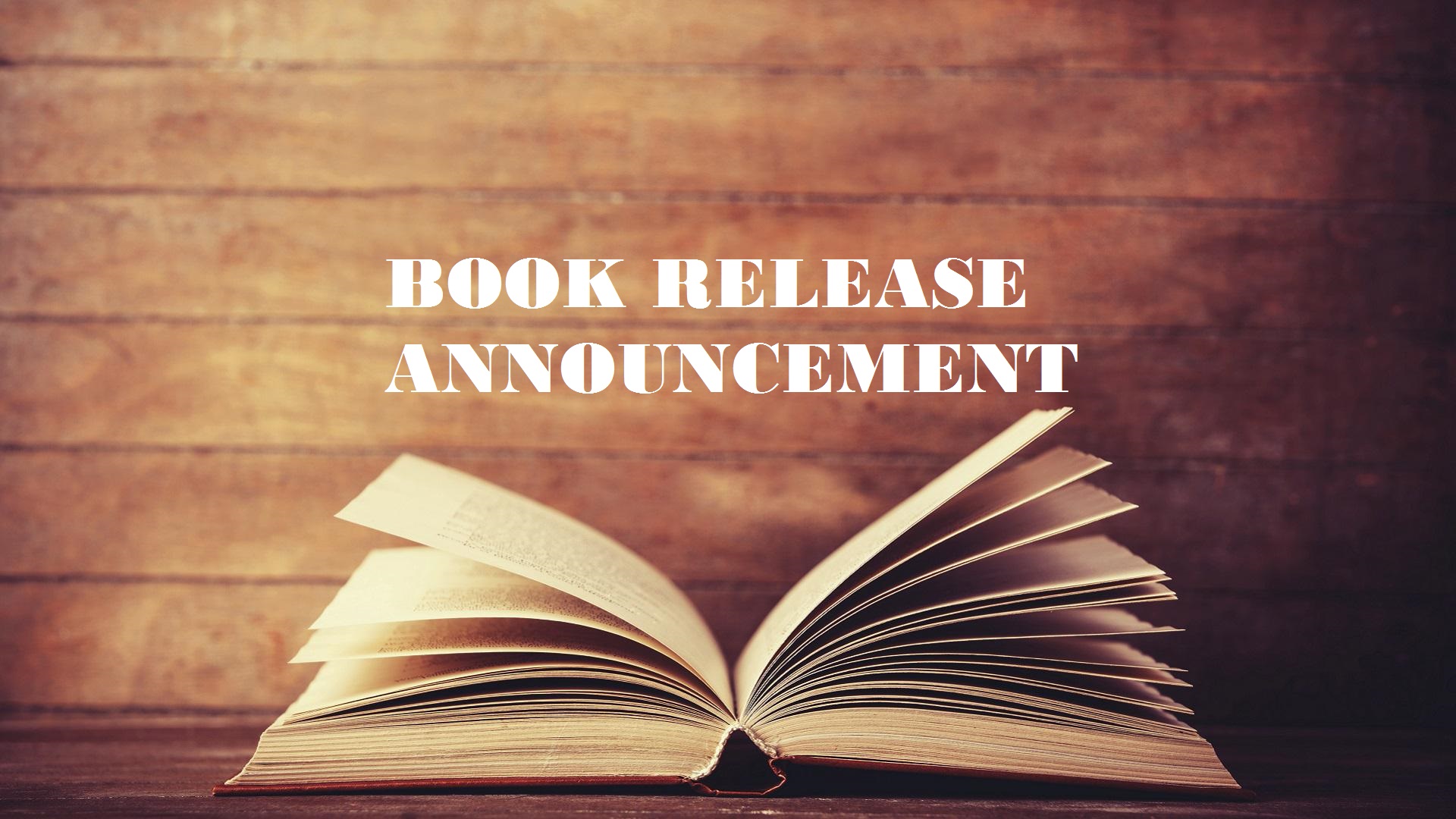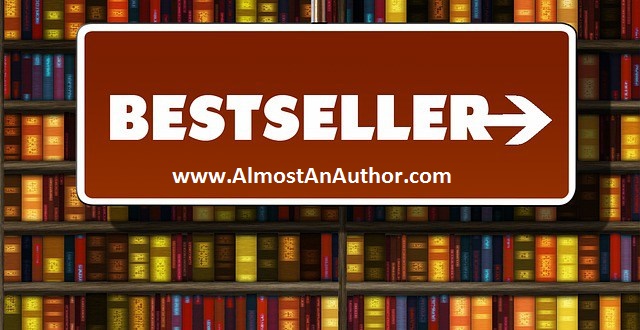
Blog Tour-Andy Lee
Most Recent Book: My most recent book is A Mary Like Me: Flawed yet Called (Leafwood, 2016). It’s a…
October 15, 2016
Most Recent Book: My most recent book is A Mary Like Me: Flawed yet Called (Leafwood, 2016). It’s a…
October 15, 2016“Your playing small does not serve the world.” ~Marianne Williamson As a newly published author, I know how…
October 13, 2016
The bulk of my magazine writing is done on assignment. How do you get an assignment? Which magazines…
October 12, 2016
Study to show thyself approved unto God, a workman that needeth not to be ashamed, rightly dividing the word…
October 11, 2016
What do “The Lord of the Rings,” “The Chronicles of Narnia,” and “The Land of Oz” all have…
October 6, 2016
Congratulations to A3 contributor Elaine Marie Cooper for the release of her new book Saratoga Letters. Elaine pens the…
October 3, 2016
WELCOME Liz, Can you share a little about your recent book? With joy! I asked more than a…
October 1, 2016Ah, comparisons. I hate them. And yet I fall prey to making them constantly in regards to my writing…
September 30, 2016Liz Curtis Higgs interview will post October 1, 2016 In It’s Good to Be Queen (2015, Waterbrook…
September 29, 2016
Congratulations to Lori Roeleveld on her new book release, Jesus and the Beanstalk- Overcoming Giants and Living a Fruitful…
September 28, 2016
It was a quieter time, a calmer day When people didn’t have so much to say When thoughtfulness…
September 28, 2016Don’t have the money or time to attend a conference? Need training or a tune up on your schedule?…
September 23, 2016
Welcome, Ben. Tell us about your latest book. I’d Punch a Lion in His Eye for You I’d Punch a…
September 16, 2016
“Find the key emotion; this may be all you need know to find your short story.” – F. Scott…
September 15, 2016
The term poetry comes from the medieval Latin poetia, from Latin poeta ‘poet’. It usually refers to the written…
September 13, 2016
by Terry Whalin The bulk of my magazine writing is done on assignment. How do you get an assignment?…
September 10, 2016“STOP!” I screamed as I grew more frustrated. “I can’t focus! How am I going to get this book done?”…
September 7, 2016
by Laura Zimmerman Allons-y! Say these words and any Doctor Who fan will be able to tell you the…
September 2, 2016
Welcome Cindy Sproles. Congratulations on your debut novel and bestseller. You are extremely approachable, and you strive to assist aspiring…
September 1, 2016You’ve probably heard the phrase, “Art imitates Life.” This makes sense because every creative person, whether writer, painter,…
August 27, 2016By Sarah Zuehlke Magazines. They come in a never ending stream of styles and forms. In spite of the…
August 25, 2016
Welcome, Catherine. Tell us about your latest book, The Things We Knew When their tragic past begins to resurface, can…
August 19, 2016by Shelbey Webb At the young age of 10, as a 5th grader, I recognized that I loved to…
August 18, 2016
By: Terry Whalin Many people want to publish their writing. After working as a magazine editor for years plus…
August 11, 2016
by Laura L. Zimmerman I went for a swim at 6:30 this morning. Okay, not really, but in my…
August 6, 2016